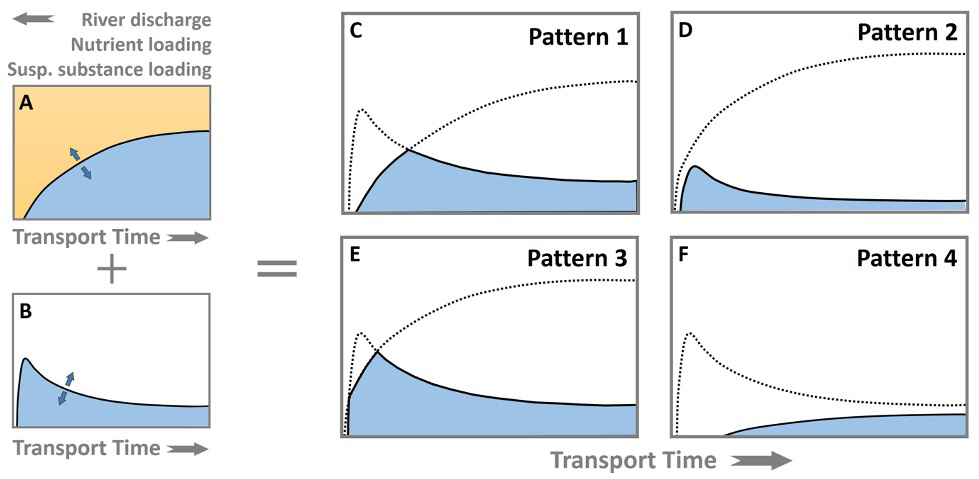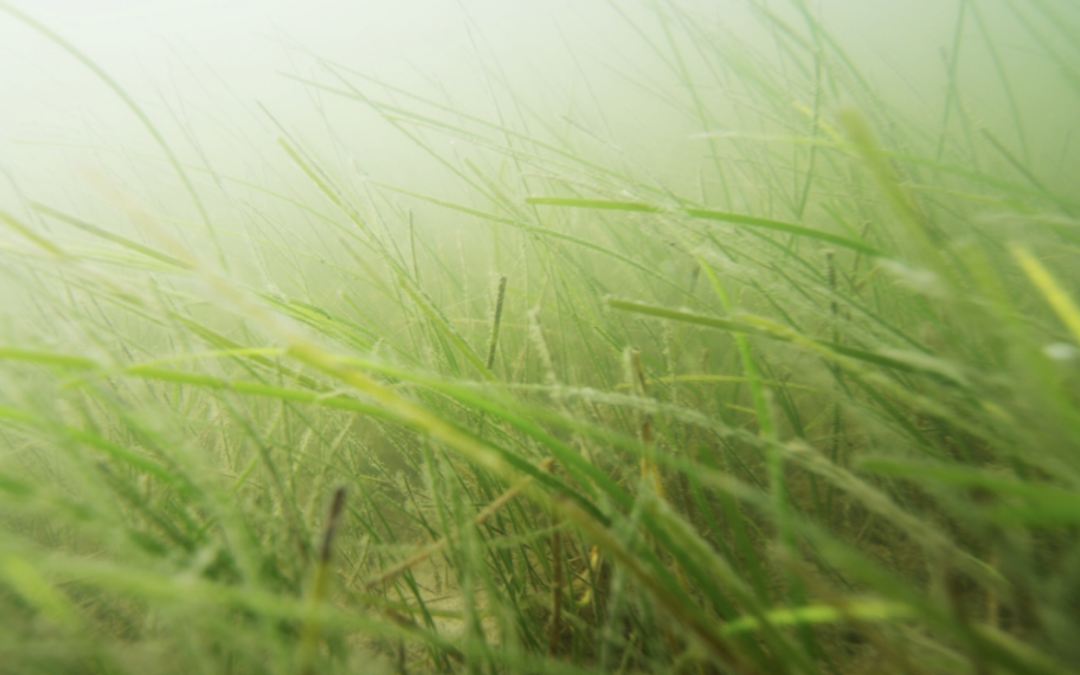Traditional Chinese medicine and ecological modeling… seemingly not two things that have a lot in common. However, Dr. Qubin Qin can draw parallels between his hobby and his profession, respectively. Qin is an ecological modeler and coastal oceanographer by day, but, in his free time, he enjoys finding the science behind the holistic approach of Chinese medicine. His fascination with combining multiple facets to make a whole is something reflected in his career choice too.
Qin joined Integrated Coastal Programs faculty in August, but his journey to living on the coast took almost two decades. Qin grew up approximately five hours outside of Shanghai and did not lay eyes on the ocean until he was ten years old. In college, he studied geographical science and realized there were still so much more to discover about the ocean. Thus, he was inspired to enroll in a master’s program at the Virginia Institute of Marine Science (VIMS). Particularly satisfied with coastal living, he later pursued a Ph.D. at VIMS and remained there for a postdoctoral opportunity. As if it were fate, Qin finally landed at the ECU Outer Banks Campus in the summer of 2023. He recalls that the Outer Banks was the first place he visited when he arrived in the U.S. for his master’s program at VIMS.

Qin’s time at VIMS shaped much of his research. There he studied how estuarine hydrodynamics impact water quality in the lower Chesapeake Bay and was introduced to ecological modeling. The modeling process requires gathering relevant historical and current data, as it is generated, to fill equations that help predict natural processes and effects of events in the future or simulate past occurrences. Modeling is a “tool to help answer ‘what if’ questions,” says Qin; and it integrates physical, biological, geological, chemical, and environmental factors.
According to Qin, his research can be divided into four categories
- Estuarine physics, including circulation, tides, material transport, and more;
- The interactions between physical and biological processes within coastal environments;
- Coastal water quality issues and management implications, including eutrophication, hypoxia, harmful algal blooms, saltwater intrusion, pathogen pollution, stormwater pollution, and habitat degradation;
- Model development, which ranges from analytical models and process-based models to habitat models, particle-tracking models, and data-driven/machine learning models.

The example above is just one illustration of Qin’s modeling work. It is a conceptual model of responses of phytoplankton production to physical transport in river-dominated systems. (A) shows a positive relationship between phytoplankton production and transport time if the phytoplankton growth is only under light limitation, (B) shows a non-monotonic relationship if the phytoplankton growth is only under nutrient limitation, and (C–F) show the four patterns of non-monotonic relationships under various environmental conditions. The gray arrows point out the direction of the increase in the values of the parameters. The blue arrows in (A) and (B) indicate that the detailed curves vary with the environmental conditions. The yellow area in (A) indicates the reduction of phytoplankton production due to the attenuation by suspended substances. Note that transport time is negatively correlated to river discharge in river-dominated systems. Modified from Qin and Shen (2021).
As a self-proclaimed “doctor for the ecosystem”, it is his job to evaluate all sorts of coastal and environmental issues (through data collection and modeling) and then give the best prescriptions (science-driven suggestions) to environmental resource managers.
While most of Qin’s research has revolved around the lower Chesapeake Bay, Qin is confident that his work will transfer well to northeastern North Carolina. Despite the Albemarle-Pamlico Estuarine System shares different characteristics from the Chesapeake Bay, Qin’s methodology will remain consistent. However, it’s expected that the results and conclusions may vary between the two coastal ecosystems.
Though still settling in, Qin has some ideas for the direction of his research and the “what if” questions he would like to tackle.
“If a hurricane were to open a new inlet, how would the salinity of the estuarine system change and then impact the environment?”, he queries as an example.
The questions like this that Qin raises are important ones. His approach, with a focus on water quality in the Albemarle-Pamlico, can have implications for ecosystem and human health, fisheries, recreation, tourism, and health… essentially, life on the Outer Banks as we know it.
For Qin, that makes it even more personal. Not only is this the career he has chosen, but he, just as many others who call the Outer Banks home, is especially appreciative of the weather and beautiful views these barrier islands have to offer. He feels fortunate to live and work here. He is excited to collaborate with those around him. And he looks forward to putting the pieces together one-by-one with others to produce a holistic approach to modeling and management.
The preceding article first appeared in the Fall 2023 edition of Integrated Coastal Program’s seasonal newsletter CoastLines.



 Based at the Coastal Studies Institute (CSI), the North Carolina Renewable Ocean Energy Program (NCROEP) advances inter-disciplinary marine energy solutions across UNC System partner colleges of engineering at NC State University, UNC Charlotte, and NC A&T University. Click on the links below for more information.
Based at the Coastal Studies Institute (CSI), the North Carolina Renewable Ocean Energy Program (NCROEP) advances inter-disciplinary marine energy solutions across UNC System partner colleges of engineering at NC State University, UNC Charlotte, and NC A&T University. Click on the links below for more information. ECU's Integrated Coastal Programs (ECU ICP) is a leader in coastal and marine research, education, and engagement. ECU ICP includes the Coastal Studies Institute, ECU's Department of Coastal Studies, and ECU Diving and Water Safety.
ECU's Integrated Coastal Programs (ECU ICP) is a leader in coastal and marine research, education, and engagement. ECU ICP includes the Coastal Studies Institute, ECU's Department of Coastal Studies, and ECU Diving and Water Safety. The ECU Outer Banks campus is home to the Coastal Studies Institute.
The ECU Outer Banks campus is home to the Coastal Studies Institute.

